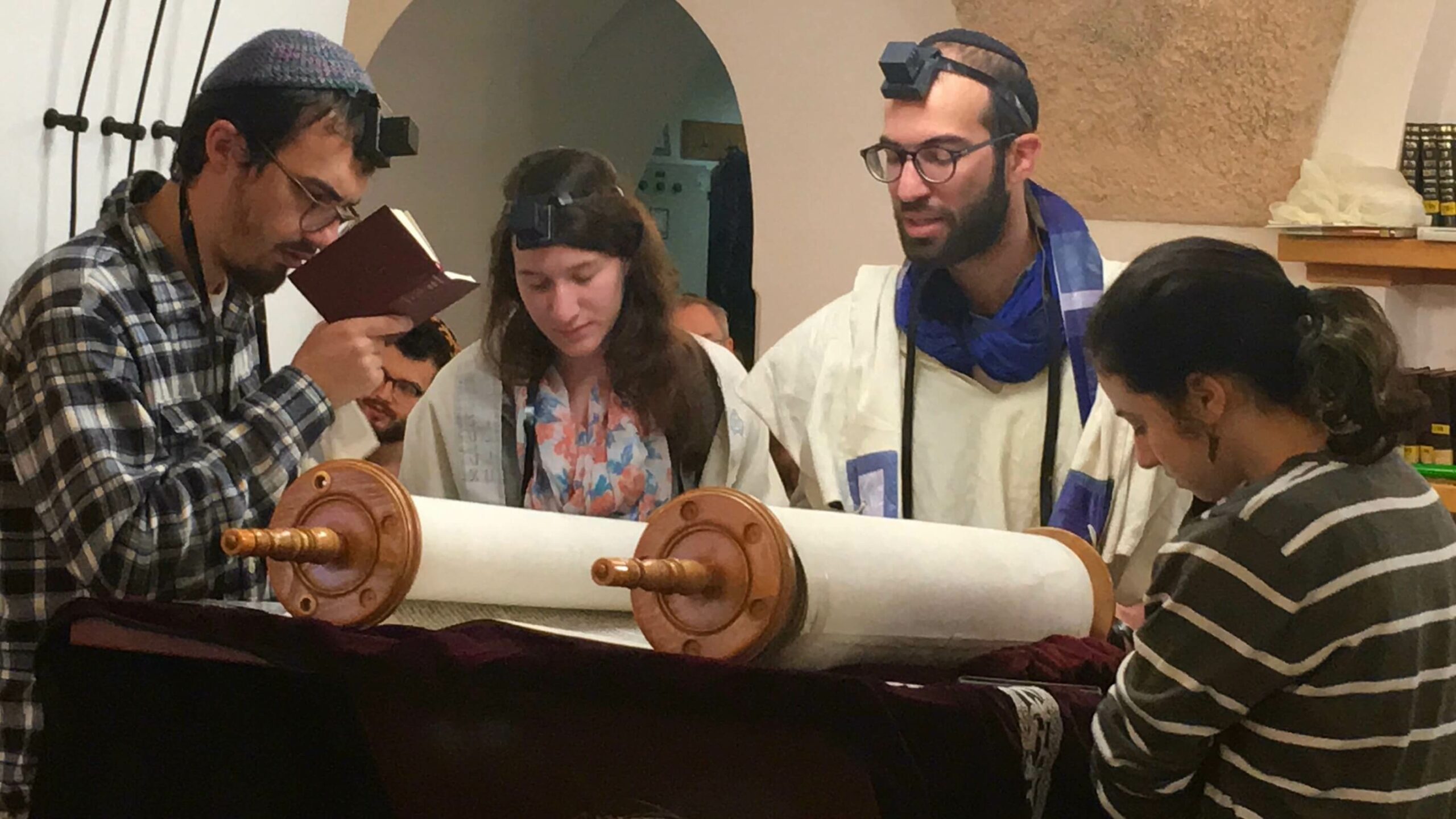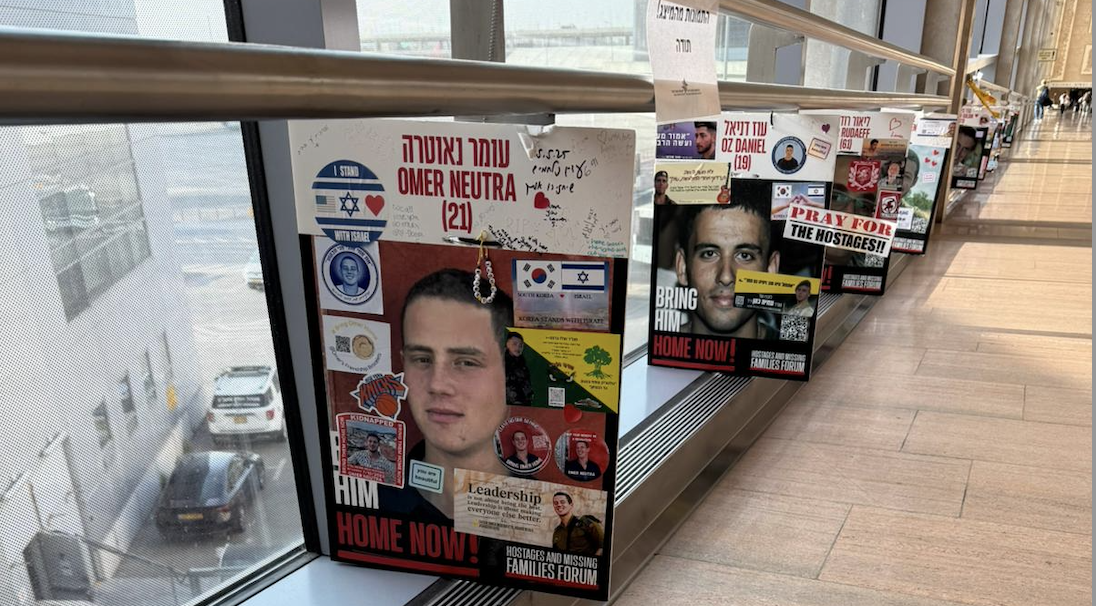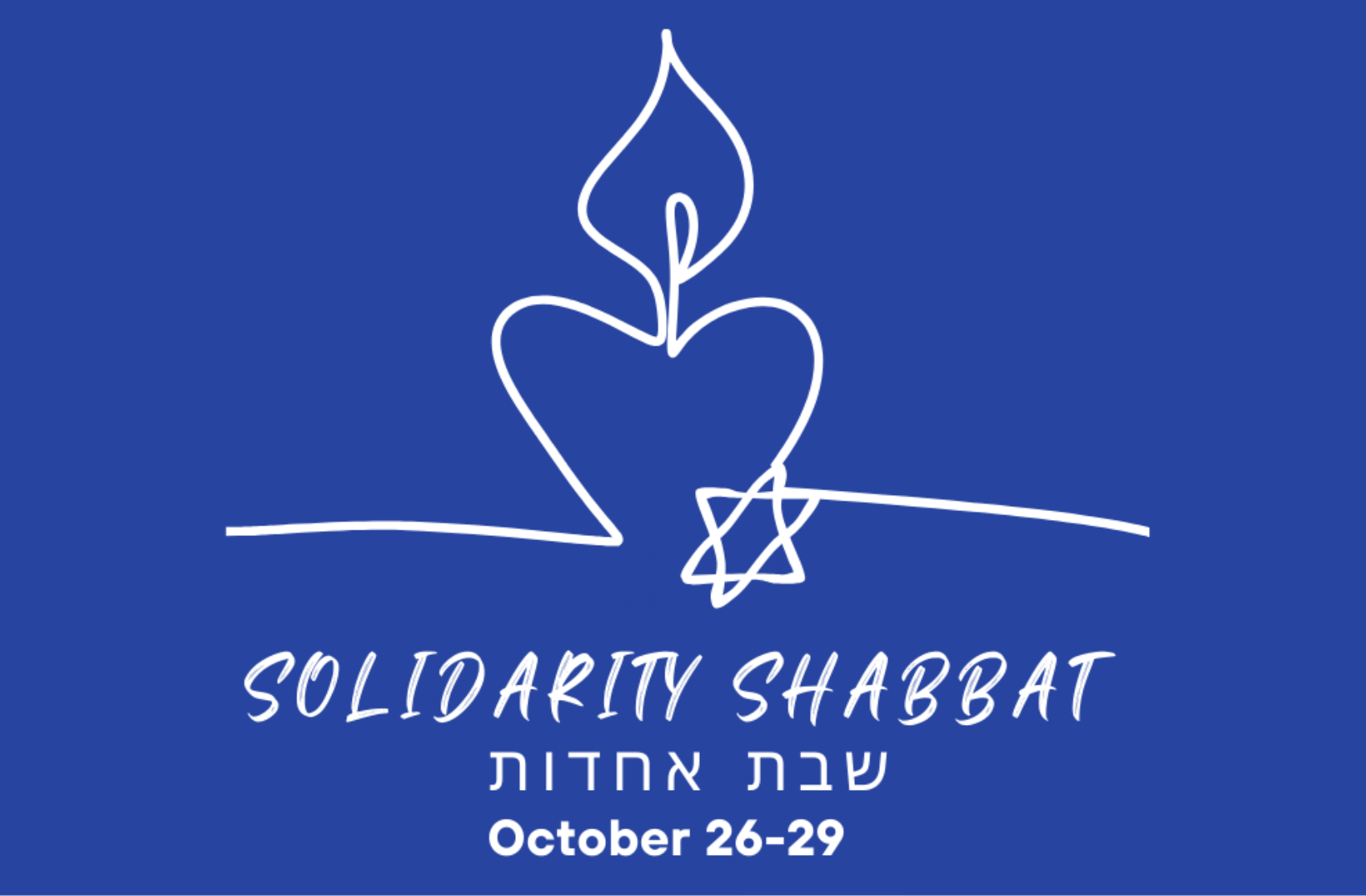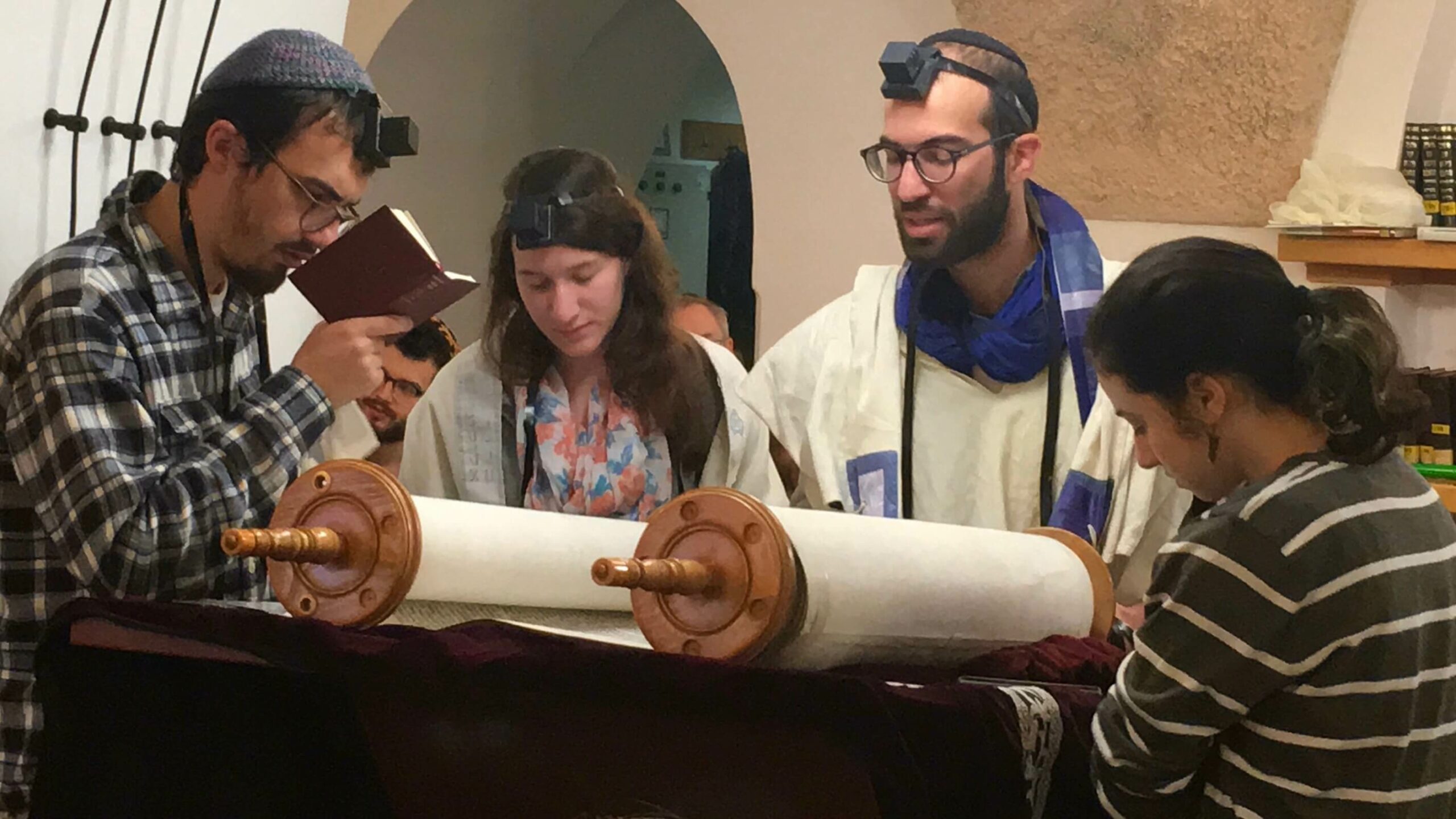

TORAH SPARKS (print friendly version)
Shabbat Chol HaMoed Sukkot October 19, 2019 | 20 Tishrei 5780
Annual | Shemot 33:12-34:26; Numbers 29:26-31
(Etz Hayim p. 538-544, 935; Hertz p. 362-367, 697) Haftarah | Ezekiel 38:18 – 39:16 (Etz Hayim p. 1259-1262; Hertz p. 979-982)
D’var Torah: Drawing from the Wells
Rabbi Shoshana Cohen, Conservative Yeshiva Faculty
The end of the Mishna in Sukkah (5:1-4) describes the Simchat Beit HaShoeva, the festival took place in the Temple during the holiday of Sukkot. It is described as a huge party, people dancing and singing all over the Azara, the part of the Temple accessible to non-priests. So many torches were lit in the Temple that the outermost reaches of Jerusalem were illuminated. Priests and Levites blew shofars and played background music; rabbis performed crazy juggling acts with lighted torches. The Temple was filled with such revelry that they needed to create special structures to keep the women and men separate. As the Mishna sums it up “one who has never seen Simchat Beit HaShoeva has never seen joy in their lives.” But what exactly is being celebrated here? What lies behind this religiously-sanctioned (even strongly encouraged) crazy party in the Temple in which boundaries between holy and profane, male and female, sage and layperson, priest and Israelite are blurred?
In the mishna in Sukkah directly before the one describing the party (4:9) there is a description of the nisuch hamayim, the special water offering that is poured on the altar that also took place during Sukkot. And the Hebrew root of Shoeva, shin–aleph–vet, means to draw. Taken together, it would appear that the Simchat Beit HaShoeva, as Rashi and other explain, is really a festival of water-drawing. To support this explanation Rashi brings the famous verse is Isaiah 12, “u’sh’avtem mayim b’sasson / you shall draw water in joy.”
Coming as it does after the completion of the previous year’s harvest, Sukkot is a time, particularly in the Land of Israel, when water – rain in particular – starts to become a central concern. By living in sukkot we act out our physical vulnerability and place ourselves at the mercy of the heavens. Via the nisuch hamayim and the Simchat Beit HaShoeva, we joyfully pour out this precious resource on the altar in the hope that God, too, will freely and joyfully provide rain and ensure our physical sustenance.
There are, however, a couple problems with this reading of Simchat Beit HaShoeva. First, the use of the word beit (house or structure) is a little strange here. The drawing of the water for the nisuch hamayim takes place outside, at the Shiloach pool, not in any building or structure. So there is no literal “Beit HaShoeva.” Additionally, in the description of the Simchat Beit HaShoeva itself there are torches and fire but no actual water. But what of the verse in Isaiah 12,, “u’sh’avtem mayim b’sasson / you shall draw water in joy?” The larger context of the verse suggests that we not understand “water” literally:
(3) Therefore with joy you shall draw water out of the wells of salvation. (4) And in that day shall ye say: ‘Give thanks unto the LORD, proclaim His name, Declare His doings among the peoples…. (5) Sing unto the LORD; for He has done gloriously; This is made known in all the earth. (6) Cry aloud and shout, you inhabitant of Zion, For great is the Holy One of Israel in the midst of you.’
If we read on we can see that this is a reference not to physical water-drawing but the spiritual water-drawing that will take place at a time of redemption. God’s word will flow like water. As the Jerusalem Talmud explains (Sukkah 5a):
Why was its name “Beit HaShoeva” (The House of Drawing)? For it was from there that they drew the divine spirit (ruach hakodesh) named after (the verse in Isaiah) – “you will draw water in joy from the waters of redemption”… That is to tell you that the divine spirit only rests on those who are happy.
The drawing here is not of physical water but of spiritual sustenance, ruach hakodesh, and the “house” is not the location of the nisuch hamayim but the whole Temple. In this case the festivities in the Temple are about enjoying intimacy with the divine and creating the conditions necessary to experience revelation.
Throughout the month of Elul we have been saying in Psalm 27 several times a day, “one thing I have asked from the Lord, it is this I will request, to sit in the house of God all the days of my life, to gaze upon the glory of God and the visit God’s sanctuary.” The journey towards closeness and intimacy with God that started in Elul, that went through the awe of Rosh Hashana, that sent the High Priest alone into the Holy of Holies on Yom Kippur, comes to a joyful and ecstatic culmination on Sukkot where we party, with each other and with God, in that very sanctuary where we wish to dwell all the days of our lives.
Parashah Self-Study
Vered Hollander-Goldfarb, Conservative Yeshiva Faculty
Following are questions for the special Torah reading of Shabbat Chol HaMoed Sukkot (Shemot 33-34) and Parashat Vezot Habracha that is read on Simchat Torah. This parashah, the only one read on a Chag (and not on a regular Shabbat), brings the Torah and Moshe’s life to a close.
Shabbat Chol HaMoed Sukkot
1) In the special Torah reading for Shabbat of Sukkot the name ‘Sukkot’ is not mentioned. Rather, the holiday is called ‘the Chag of the ingathering’ (Shemot, 24:22). That verse opens with ‘you shall do the Chag of Shavuot [at the time of] the beginning of the harvest.’ What aspect of Sukkot is stressed in this section? Why do you think that the Torah placed a holiday at the gathering of the harvest?
2) In the verses just prior to the mitzvot of the Chagim (holidays) the Torah gives a stern warning against worshiping other gods (34:12-17). Why do you think that this warning was placed here, in this context?
Parashat Vezot Habracha (Simchat Torah)
3) The Torah tells us that it is Moshe “the Man of God” that blesses the people before his death (33:1). Why is this attribute of Moshe significant here?
4) Moshe introduces his blessing with a poetic referral to the relationship of God-Israel-Torah (33:2-5). Why start with this?
“Moshe went up from the steppes of Moab to Mount Nebo, to the summit of Pisgah, that faced Jericho…” (34:1). We are given the location of Moshe’s last moments in detail, yet God makes sure that no one knows the location of Moshe’s burial. So why do you think the Torah shares these details with us?
5) Moshe was 120 years old at his death, “his eyes were not dimmed, and his vigor had not fled” (34:7). Why is his well being at the end of interest to us?
6) The Torah gives a summation of Moshe’s actions as a leader of the Israelite People, but before that it states that Joshua was “full of the spirit of wisdom, because Moshe had laid his hands upon him; and the Israelites heeded him, doing as the LORD had commanded Moshe” (34:9). Why was this information placed first?
D’var Haftarah: An Affirmation of Justice
Rabbi Mordechai Silverstein, Conservative Yeshiva Faculty
Ezekiel’s prophecy of “Gog from Magog” is an eschatological prophecy, namely, it is a prophecy of the End of Days, a precursor to the End of Time. It is filled with violence and terror, pitting God against evil forces that want to destroy Israel and turn the world on its head. Of necessity, then, God must be victorious over these forces for Israel’s sake and, more importantly, to retain His place as the Master of the World: “And I (God) will be magnified and hallowed (v’hitgadiltee v’hitkadishtee), and I will become known before the eyes of many nations and they will know that I am the Lord.” (38:23)
This idea that God does battle over injustice and is victorious over it for the sake of maintaining a good name is a major theme of the prophecies of Ezekiel. Liturgically, this theme prompts an interesting liturgical question since, as you may have noticed, the two Hebrew words above serve as the source for the beginning of the Kaddish prayer: “Yitgadal v’yitkadash – magnified and hallowed”. The question is particularly acute regarding the Mourner’s Kaddish – Kaddish Yatom, since for the mourner, his or her existential experience is one of injustice, and it might even seem to them that God is the one responsible for the injustice.
A bit of liturgical history is in order before we get to this question. The earliest mention of Kaddish as a mourner’s prayer is from 11th-12th century Ashkenaz (Germany). From there, this custom spread throughout the Jewish world. The idea behind it was one of Tziduk Hadin – an affirmation of the justice of what has happened. The mourner, at his or her lowest moments, is asked to reaffirm faith that God’s ways are righteous and just, and in doing so the mourner reenters the faith community. In a sense, the Kaddish does the work of proclaiming Ezekiel’s ideal.
This affirmation may seem like an odd fiction, especially where the death of the one we mourn is truly tragic. But when faced with the alternative, namely, wallowing in despair, affirming God’s positive role in the world is offered as a more attractive alternative. The Jewish tradition, which has seen its share of tragedies, is life-affirming and optimistic. This optimism, founded on the idea that God created a world that is good and that life is ultimately worthwhile, does not see despair and despondency as an option. Mourner’s Kaddish serves as a reminder, then, that we are part of the mission to realize this vision in the world, both to perpetuate God’s name and for the sake of those we mourn.







